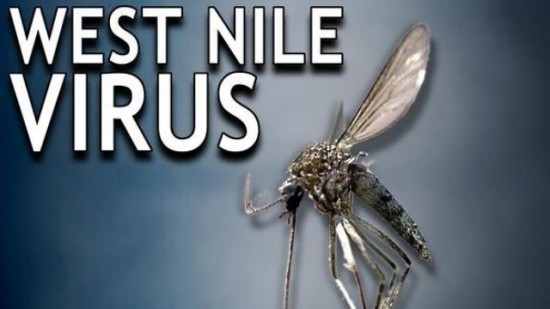Epidemiologist, Doris Dimmitt lays down the facts about the West Nile virus.
West Nile Virus Found in Northern Nevada…Fight the Bite!

Doris Dimmitt, Carson Tahoe Health Epidemiologist
Well, it’s that time of year again, and as I hear about people’s great camping trips with mosquito bites, I can only think of one thing: West Nile virus. There hasn’t been much in the media so far this year but things are beginning to heat up in Southern Nevada. If you remember last summer, West Nile outbreaks were spread all over the Midwest and Southern parts of the US. In some places, more cases were seen last summer than were seen in any previous season. As of this morning, no cases have been reported in Northern Nevada, but infected mosquito larva has been identified in several Northern Nevada counties. If you haven’t been avoiding mosquitoes, it’s time. It’s been a while since we went over the facts so let’s have a quick review.
Fact #1 – West Nile is transmitted by a bite from an infected mosquito. The only human to human transmission documented is by blood transfusion, organ donation, and from a mom to her unborn baby. Patients with confirmed West Nile infection do not require special isolation, and Standard Precaution practices will be just fine.
Fact#2 – Only 20% of those infected will develop the disease, and only 1 out of 150 patients infected with the virus progress to the full-blown encephalitis. Most of the cases present as minor flu-like symptoms that last 3-6 days. The incubation period is 3-14 days after being bitten. Those most susceptible to the infection are people over the age of 50, pregnant women, and anyone who is immune-suppressed.
Fact #3 – The symptoms of mild disease are malaise, anorexia, nausea, vomiting, headache, eye pain, myalgia, rash, and swollen lymph nodes. In severe disease, fever, weakness, gastrointestinal symptoms, flaccid paralysis and changes in mental status are seen which may progress to the neurological symptoms of encephalitis with or without seizures.
Fact#4 – The primary means of protection from West Nile infection is to avoid mosquito bites. This is especially important for pregnant women. The CDC recommends the use of a mosquito repellant containing DEET, wearing long-sleeved shirts, long pants, and avoiding infested areas at dawn and at dusk when mosquitoes are most active.
Fact #5 – There is currently no vaccine for West Nile, but vaccination against other arboviral infections such as yellow fever may provide some protection.
Fact #6 – The treatment for West Nile infection is supportive, often involving hospitalization, intravenous fluids, respiratory support, and prevention of secondary infections.
The best thing that can be done at this time is to get rid of any sources of standing water, or treat water sources to kill the mosquito larvae. Even small amounts of standing water like what sticks around in the saucer of a potted plant is enough to hatch mosquito larva. Mosquito fish work very well for backyard ponds and water features and are environmentally friendly. Consider them as an alternative to toxic chemicals. For more information including the CDC’s “Fight the Bite” program, go to www.cdc.gov. Remember that infection control is about making it difficult for the little buggers to get in. Understanding the epidemiology of how germs work is the best way to stay healthy. Don’t make it easy for them. Don’t let them bite.



